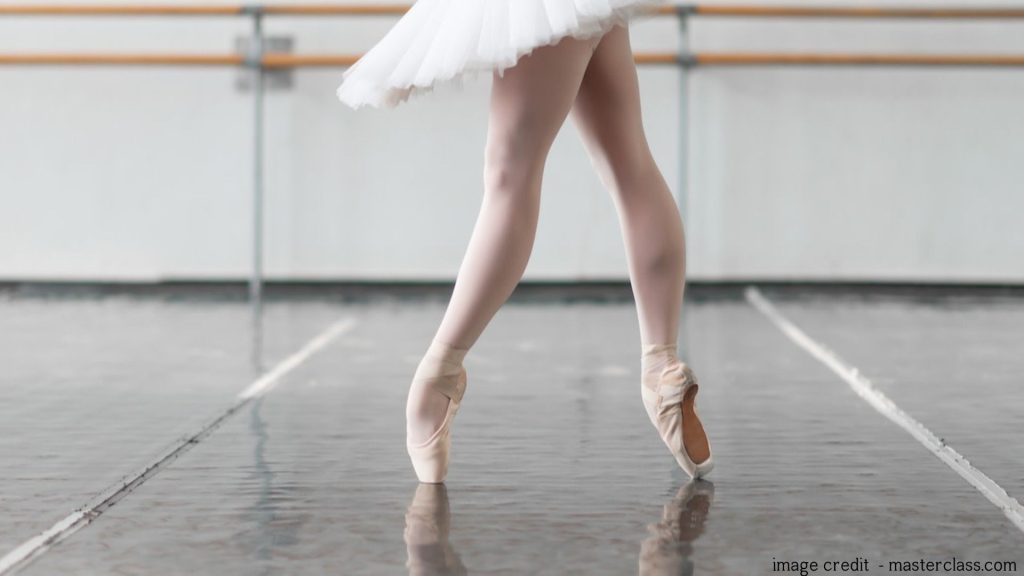As budding ballerinas, it’s important to acknowledge that whereas extrinsic motivation might current a quick improve, it’s not the necessary subject to a sustained and good dance journey. Constructive, it is going to get the job achieved, nonetheless what if there’s a technique to bounce by means of the challenges with an exact sense of enjoyment and achievement? That’s the place intrinsic motivation comes into play.
Merely put, intrinsic motivation is doing one subject as a consequence of we genuinely have to do it. Take, for example, our journey in getting ready for graded ballet examinations. Be mindful these dance variations? Initially, it felt like deciphering a secret code—exhausting to remember, troublesome to understand. Nonetheless on account of the conditions unfolded, an fascinating transformation occurred. The dance, as quickly as a gift of draw back, grew to differ proper into a gift of enjoyment simply because we knew it.
Suppose as quickly as further to those early packages, the place the steps appeared like a puzzle able to be solved. “What comes subsequent?” was a relentless thought, a bit cloud hanging over our heads. Nonetheless with time, as we grew to differ into conscious about the dance, one subject wonderful occurred. It shifted from the stress of remembering steps to a second of enjoyment all by way of the leaps, or a threat to channel annoyance into the rebellious ‘I Hate Homework’ variation.
Picture this: you attain a stage the place anticipation takes over, eagerly prepared for that individual particular person variation. It’s not a prepare; it’s a second you stay up for. The dance turns into extra than merely steps; it’s an expression of your enthusiasm, your personal contact infused into each movement.
Nonetheless, the sorts of motivation, and motivation itself are troublesome little components that are not so simple as slapping a “good” or “harmful” label on it. It’s extra like a dance between two companions, extrinsic and intrinsic motivation, and they also moreover’re surprisingly intertwined! You see, these two aren’t opposites; in its place, they usually work hand in hand. Picture it as a puppeteer orchestrating a effectivity, the place the strings signify pretty just some exterior components that propel us into motion. This intricate dance entails 4 distinct strikes: exterior regulation, introjected regulation, identification, and built-in regulation, each contributing to the rhythm of our motivation.



I appreciate the insights shared about the balance between extrinsic and intrinsic motivation. It’s essential for dancers to find joy in their movements, rather than just focusing on external rewards or pressures from examinations.
The article raises an important point about the complexities of motivation. Understanding how various forms of motivation contribute to our experiences can help individuals navigate their personal journeys in dance or any other pursuit.
I found the comparison of motivation types as a dance between partners quite insightful. It highlights how intertwined extrinsic and intrinsic motivations can be, which is often overlooked in discussions about personal growth in any field.
The idea that dance can transform from a burden into an enjoyable experience is compelling. This makes me reflect on my own experiences with hobbies and how passion plays a crucial role in our dedication over time.
This article presents a thought-provoking perspective on motivation in dance. It’s interesting to consider how intrinsic motivation can lead to a more fulfilling experience, particularly for young dancers facing challenges during their training.